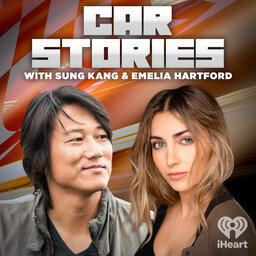Ep5 Rod Emory
Sung and Emelia talk with expert craftsman and true artisan, Rod Emory. Widely regarded as the world's preeminent specialist and custom builder of the Porsche 356, Rod shares how his childhood and family work ethic laid the foundation for his career in the car world. They also talk about adaptability through Rod's business pivot after the 2008 recession and maintaining perspective on what truly matters.
Follow on Instagram and YouTube @CarStoriesPodcast
 Car Stories with Sung Kang and Emelia Hartford
Car Stories with Sung Kang and Emelia Hartford


